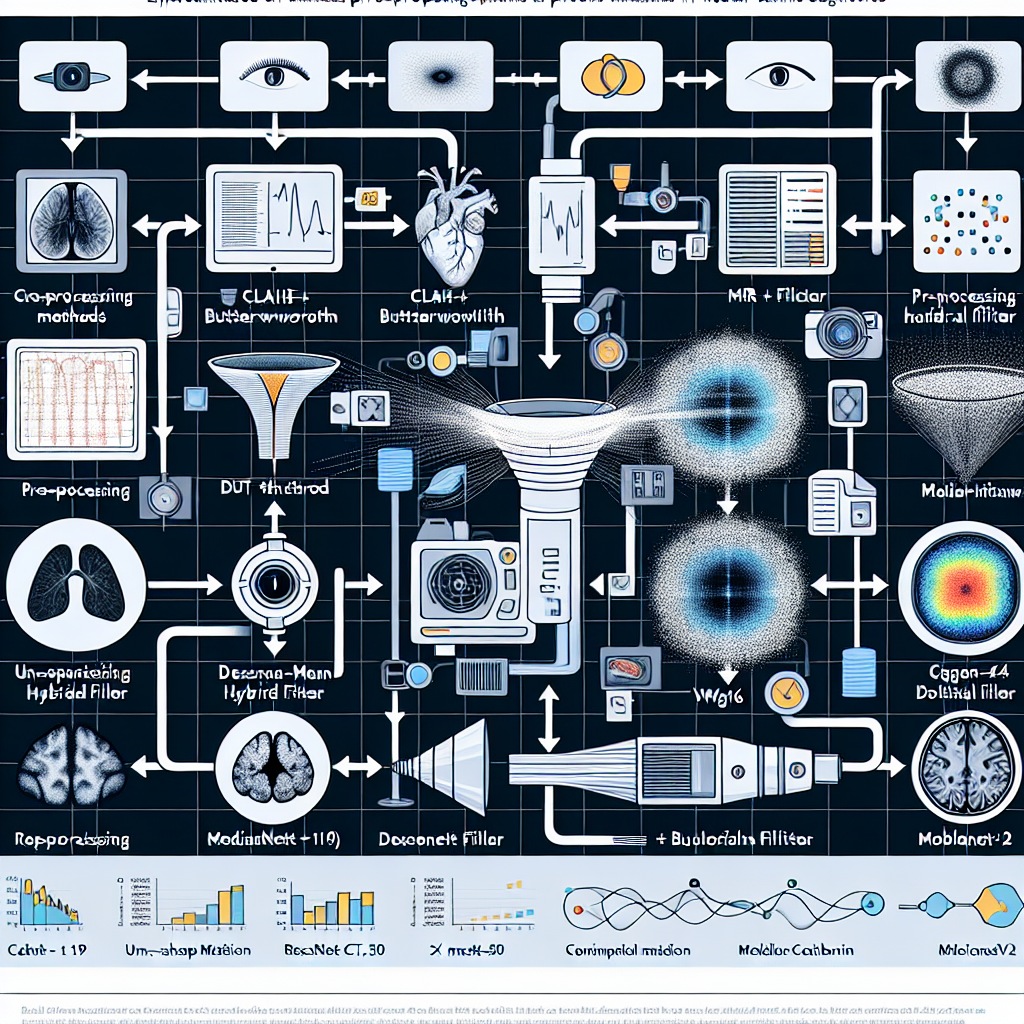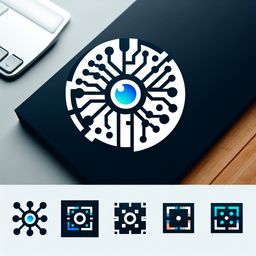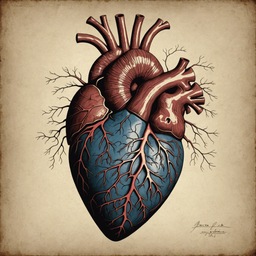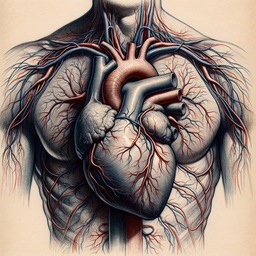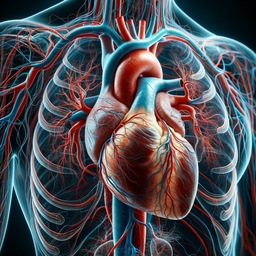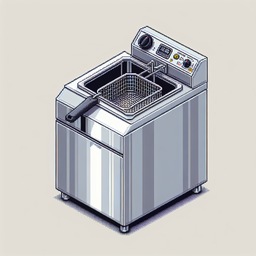Prompt:
Create graphical abstract for scientific articles: Content is presented in English Effectiveness of Pre-Processing and Deep Learning Methods in Medical Imaging Diagnostics ________________________________________ Main Objective: To explore the effectiveness of five pre-processing methods and five deep learning models for medical image diagnostics across diverse datasets, aiming to identify the most suitable combinations for different medical image types. ________________________________________ Pre-Processing Techniques and Deep Learning Models Pre-Processing Techniques: 1. CLAHE + Butterworth 2. DWT + Threshold 3. CLAHE + Median Filter 4. Median-Mean Hybrid Filter 5. Unsharp Masking + Bilateral Filter Deep Learning Models: 1. EfficientNet-B4 2. ResNet-50 3. DenseNet-169 4. VGG16 5. MobileNetV2 ________________________________________ Key Findings Best Pre-Processing Methods: • Median-Mean Hybrid Filter and Unsharp Masking + Bilateral Filter (87.5% effectiveness) Top Deep Learning Models: • EfficientNet-B4 and MobileNetV2 (75% effectiveness) Performance Insight: • MobileNetV2 offers a significant reduction in runtime by 34% compared to other models. ________________________________________ Datasets Used • X-ray: COVID19 Pneumonia Normal Chest PA, Osteoporosis Knee X-ray • CT: Chest CT-Scan Images, Brain Stroke CT Image • MRI: Breast Cancer Patients MRI's, Brain Tumor MRI • Ultrasound: Ultrasound Breast Images for Breast Cancer, MT Small Dataset ________________________________________ Conclusion The study identifies the most effective pre-processing methods and deep learning models, providing insights for improved diagnostic accuracy and efficiency. Visual Elements: 1. Title at the top 2. Illustrations of the five pre-processing methods and five deep learning models in a grid format 3. Arrows or connections showing combinations tested 4. Highlight of the top-performing methods and models 5. Datasets represented with icons (X-ray, MRI, CT, Ultrasound) 6. Key performance metrics (effectiveness ratios and runtime improvement) displayed prominently
Revised Prompt:
Create a graphical abstract for a scientific article on the effectiveness of various pre-processing methods and deep learning models in medical diagnostics. The title, 'Effectiveness of Pre-Processing and Deep Learning Methods in Medical Imaging Diagnostics', should sit at the top of the image. Develop a convincing visual representation of five pre-processing methods: CLAHE + Butterworth, DWT + Threshold, CLAHE + Median Filter, Median-Mean Hybrid Filter, Unsharp Masking + Bilateral Filter, and five deep learning models: EfficientNet-B4, ResNet-50, DenseNet-169, VGG16, MobileNetV2. Arrange these in a grid. Utilize arrows or connections to denote the various tested combinations. Highlight the top-performing methods and models notably, with key performance metrics like effectiveness ratios and runtime improvement prominently displayed. Represent the datasets used (such as X-ray, MRI, CT, Ultrasound) with appropriate icons.
Model Details:
model: dall-e-3
quality: standard
style: vivid
